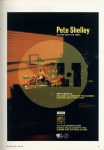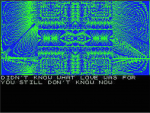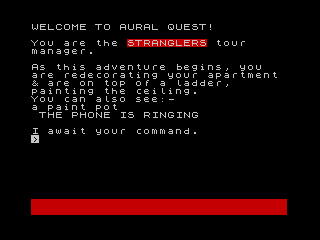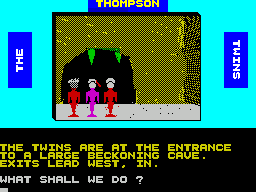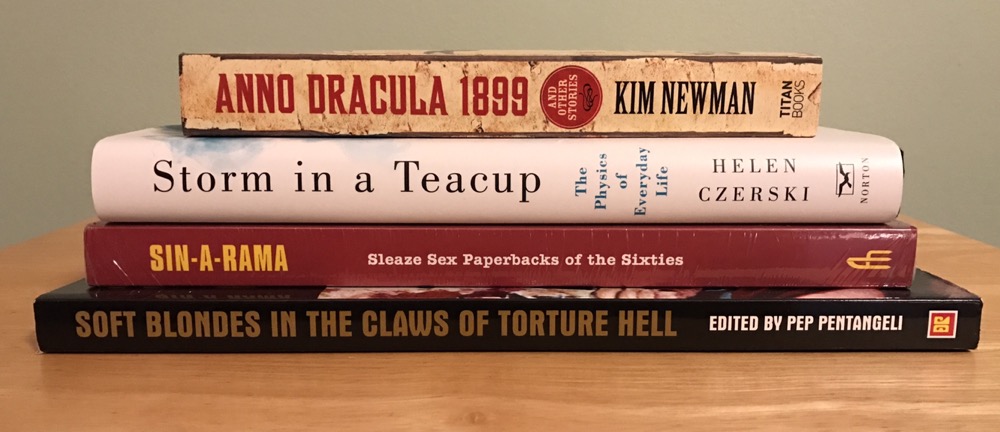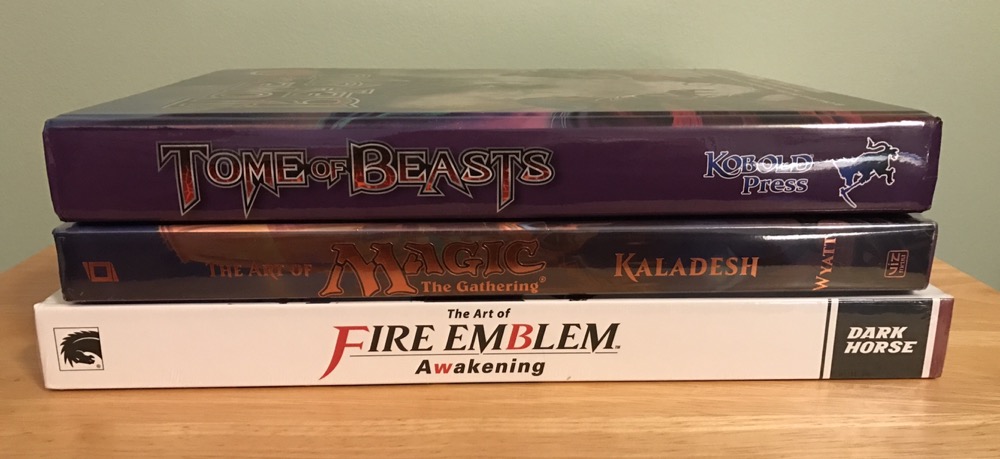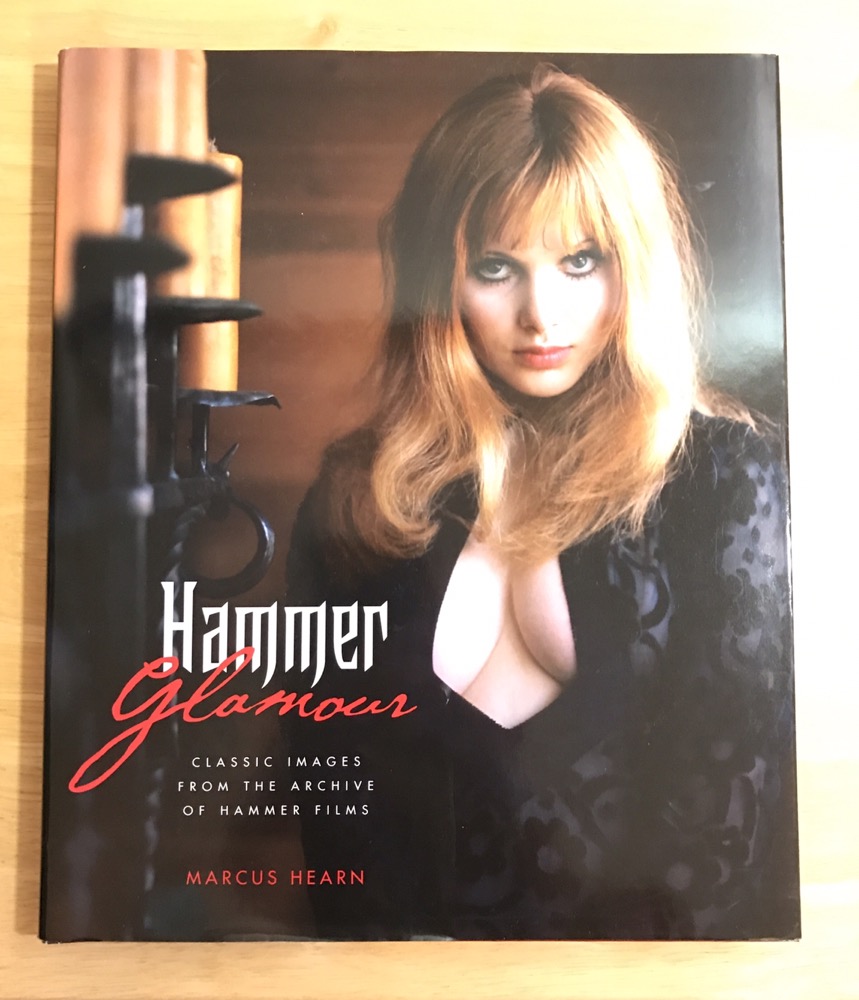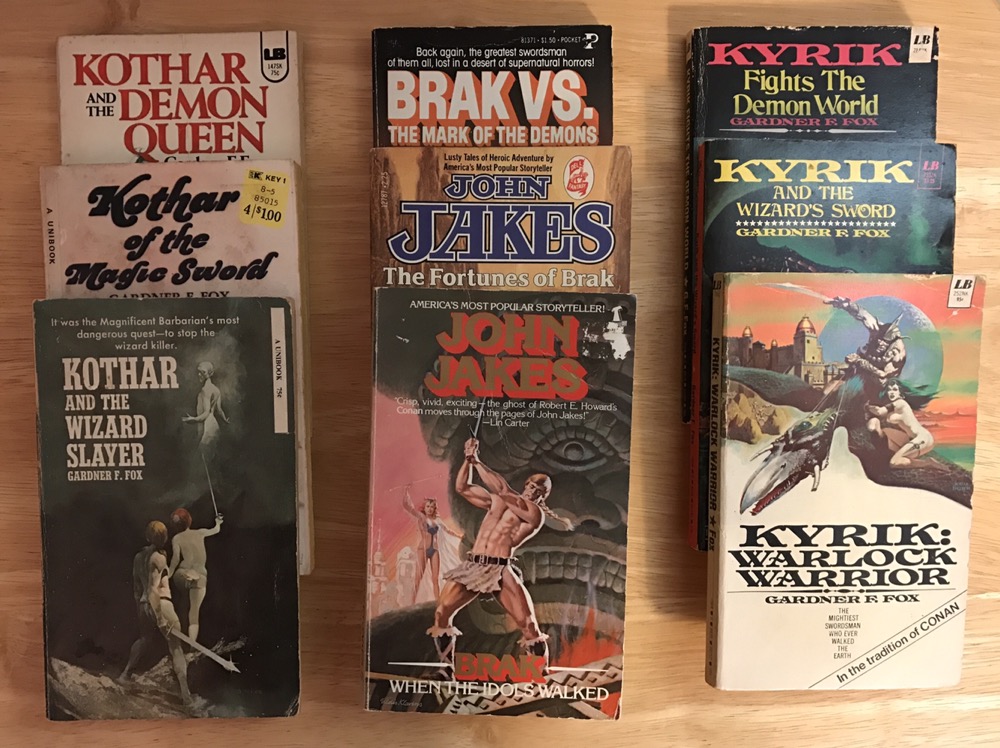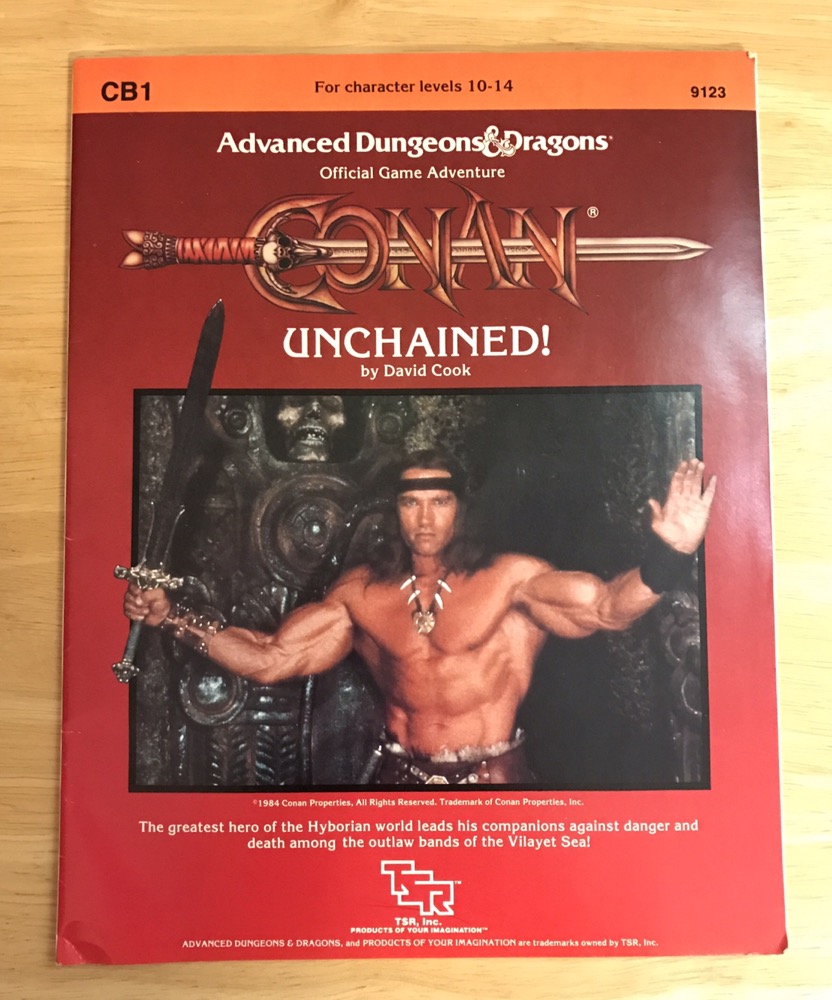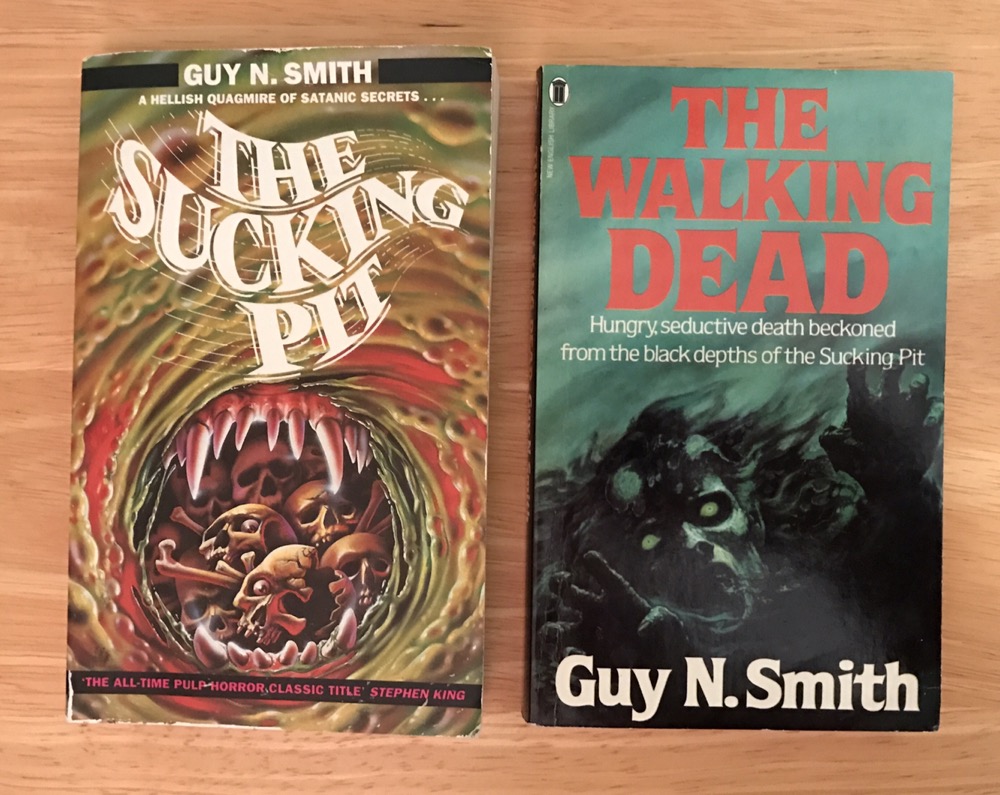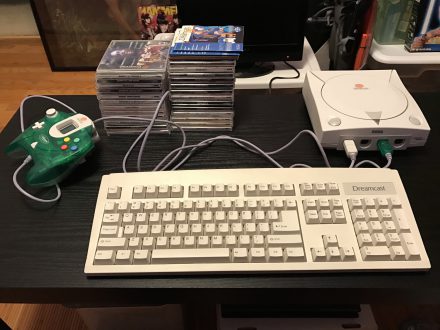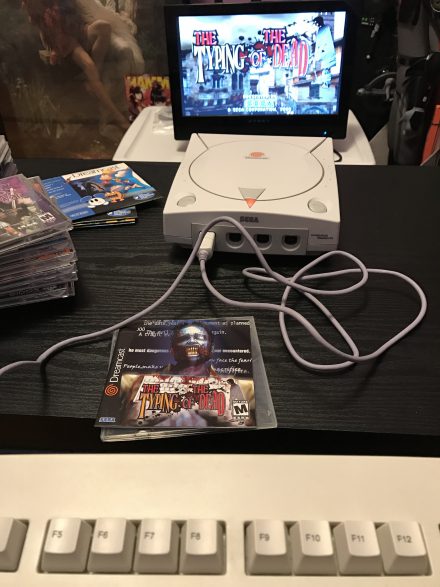Back in 1983, Pete Shelley (ex-Buzzcocks) released his second solo LP called XL1. Despite having great success with his first album, mostly due to the hit single Homosapien, this followup wasn’t very successful. And yet it was a bit of a landmark album for a very unusual reason: the album came with a piece of ZX Spectrum computer software.
For those unaware, games were often distributed on tape in those days. Rather than using digital media, computers often input data via an audio signal, which therefore meant using cassettes or (much less commonly) vinyl records to distribute software. This was the heyday of the 8-bit games industry, and more cassettes containing software were being sold than containing music. It was a natural idea for a band to include software on a record… but Pete Shelley was the first to do it.
While the program was nothing more than a visualizer, it may have been the very first visualizer! The idea was you’d load it up on your spectrum and start it playing at the same time as the record, and then watch the pretty visuals play out on the screen while you sang along with the lyrics. Here’s the whole thing on Youtube (remember the software itself was silent):
Here is a fascinating account of the production of the software by the guy that made it. I particularly like how they put out a lock-groove on the vinyl version to save speakers (and ears!) since the raw audio of the code is just screeching white noise. Amusingly, in researching this post i found a forum post where someone described returning the cassette to swap it for the version without the game since he hated having to fast-forward through the screeching sound of the software every time he listened to the album 🙂
I can’t find any reports on whether this was a success, or even made a ripple in the games/music industry. I’m sure it was a novelty, but I wonder how many Pete Shelley fans made use of this even in those days? Either way it hardly set a precedent, and I know of no other examples of a band including visualizers on their albums…
In the early 1980s text adventures were a big deal, and successful enough that there was even a ‘do it yourself’ program called The Quill that allowed anyone to make their own game. One such person that did was Dave Greenfield, member of the band The Stranglers. He wrote a game called Aural Quest that was included at the end of side two of the (cassette only) versions of their 1984 album Aural Sculpture:
It’s a long-ish game (for a text adventure) in which you play the manager of the band as they tour around the world (starting in the UK, via Europe to Tokyo and eventually Brisbane) and get into misadventures. It was apparently quite challenging and since it was mostly ignored by the gaming press in those days players must have had a terrible time beating it without assistance. Here’s a video of a playthrough:
As best I can tell, this was the first and quite possibly only game actually included on an officially released album. Certainly it was the only game released on an album in audio format; if software was ever included these days it would be as a digital file on the CD. (Let’s ignore for the fact that even CDs are mostly dead…)
As a last curiosity, how about the Thompson Twins game? They were a synthpop band from the early 1980s, and in 1984 a ZX Spectrum game based on their single Doctor Doctor was released on flexi-disc only as a promo attached to a computer games magazine:
The game was a graphic-adventure, quite short and apparently quite bad. It lives on via emulation and you can see a full playthrough of the c64 version on Youtube:
This release is remarkable for many reasons:
– The fact that it was ever made in the first place
– The fact that it was only distributed as a free magazine promotional item
– The fact that it was distributed on vinyl disc rather than cassette
This last fact is notable: users would have had to record the disc onto cassette first before being able to load it into their computers. This wouldn’t have been difficult, but is just an unnecessary step and is probably what led to flexidisc software distribution never catching on! (Wikipedia has a good article on this game including the development, and additional research suggests the oft-delayed c64 disc version is extremely rare these days.)
I was a Thompson Twins fan in those days. I would have played this! I suspect the flexi was stripped from magazine covers in Oz though, and I can barely believe any Australian readers sent off for the c64 disc? Adam… did you?
And that’s that. I became curious about the idea of 8-bit band-related software-on-albums a while ago and this post has been percolating for some time. But despite my attempts this is all I can find. There were of course unofficial items (such as Jethro Tull and Beatles adventures written on The Quill) and actual games based on bands (Frankie Goes To Hollywood) but none of these were distributed by the band or on vinyl record.
However… there was another unusual method of software distribution in the 1980s, in some ways even stranger than including code on vinyl albums. Maybe that’ll become a future post…
